PRODUCTS
CONTACT US
Ningbo Nide International Co., Ltd.
一一
· Contact person:Jack Zeng
· Mob/Whatspp/WeChat:0086-13738869026
· Email:emarketing@nide-group.com;marketing4@nide-group.com
· Add:No. 169, Wohushan Road, Daqi Subdistrict, Beilun District, Ningbo, China
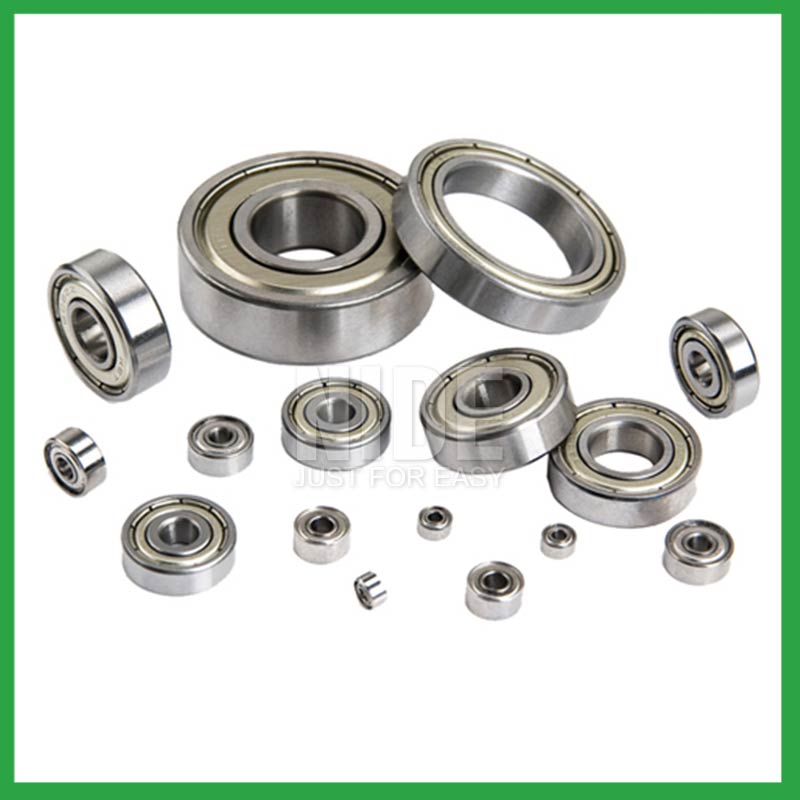
Nide team could manufacture ball bearing as per customer’s drawing and samples.
If customer only has samples, we could also design drawing fo r our customer.
We also provide customized service.
Our ball bearing is widely applied the different industrials.
Haishu Nide International Co., Ltd was founded in 2010 and is located in the high-tech zone of Ningbo, the industrial center of China. It is very close to Ningbo Port and Shanghai Port. We products products including motor cover and lamination,commutator,shaft,carbon brush,thermal protector,fan,ball bearing, etc The product is widely used in industries such as water pump motor,servo motor,single and three phase induction motor,compress motor,electric bicycle motor,air condition motor,BLDC motor.
In addition to building machines internally and controlling their quality and service system, we also provide customers with some auxiliary machines outsourced from other professional manufacturers. Its purpose is to reduce additional work for customers and alleviate concerns about quality issues. With excellent service, unique philosophy, professional team, and reliable quality, we have gradually won the trust of global customers.
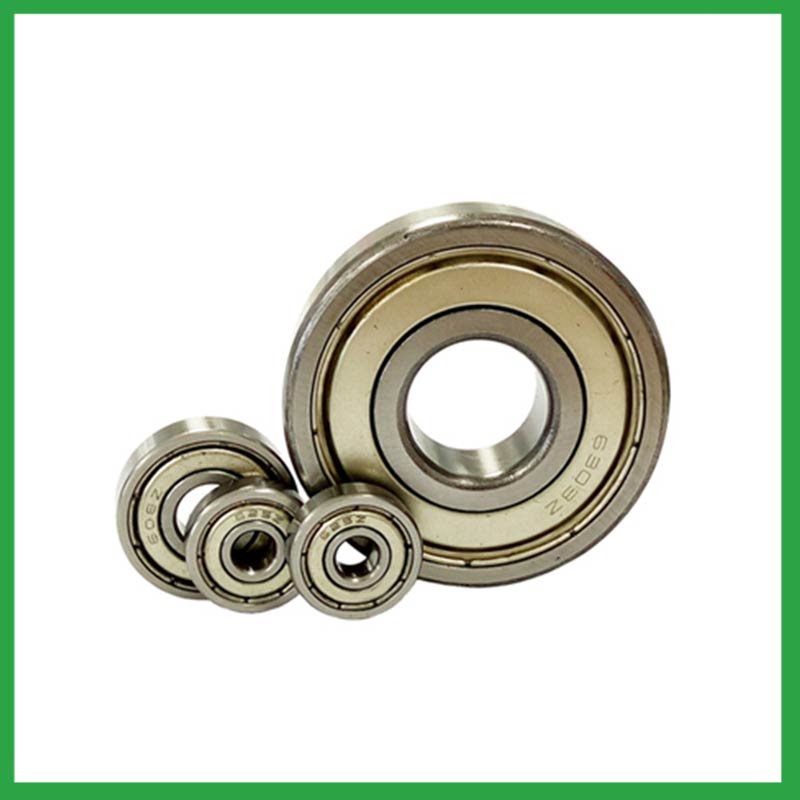
| Parameter | Information |
| Product Name | ball bearing parallels |
| Brand Name | Nide |
| Place of Origin | Ningbo,Zhejiang,China |
| Type | Ball |
| Material | chrome steel, etc. |
| Sample | Avaible |
| Warranty | 3months-1year |
| Lubrication | Dry/ Oil |
| Application | fan electric motor, etc. |
| Port | Ningbo/Shanghai |
| Size(mm) | customize |
| Export Country | Argentina,Brazil,South Korea,Paraguay,Honduras,Uzbekistan,Zimbabwe...etc |
| Export region | Africa,Europe,America... |
| Certification | ISO 9001 Certification,CE-insulation paper inserting machine,CE-stator coil forming machine,etc |
| Precision Rating | as per customer's requirement |
| Feature | High speed,Low Noise...etc |
| Packaging Details | Suitable for sea transportation |
| Color | gray+customized |
| Seals Type | Rubber seals |
| Service | Prompt Delivery |
| Supply Ability | 100000-500000 Piece/Pieces per Month |
| Lead time (days) | 15-20 (To be negotiated) |
Please note: The above table data is for reference only. For specific information, please contact us.
Bearings with ball bearings as rolling elements mainly include self-aligning ball bearings,thrust ball bearings,angular contact ball bearings,adjustable ball bearings, etc.
Before use, the model, size, and design of the ball bearing should be confirmed to ensure suitable application;
During installation, the installation load of the ball bearing should be minimized as much as possible to avoid unnecessary damage;
The bearing shaft and the bearing frame should be stable at the same time to avoid excessive tension.
Ball bearings have many advantages, making them highly competitive in the market.
Firstly, they are very durable and have good wear performance, making their service life longer than many other types of bearings.
Secondly, they are easy to install and can provide low friction performance in various applications.
Thirdly, they require a relatively low level of maintenance, making them cost-effective.
In addition, compared to many other types of bearings, their purchase cost is relatively low, making them an economical choice.
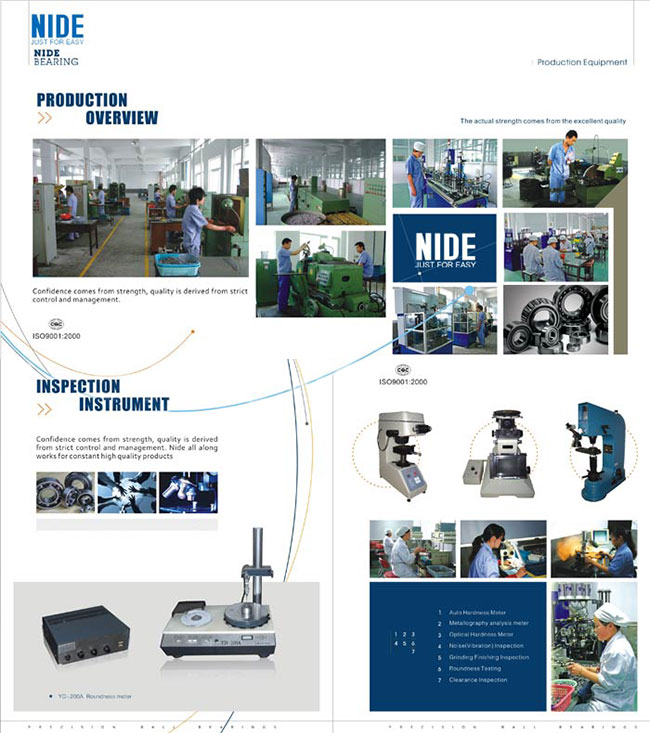
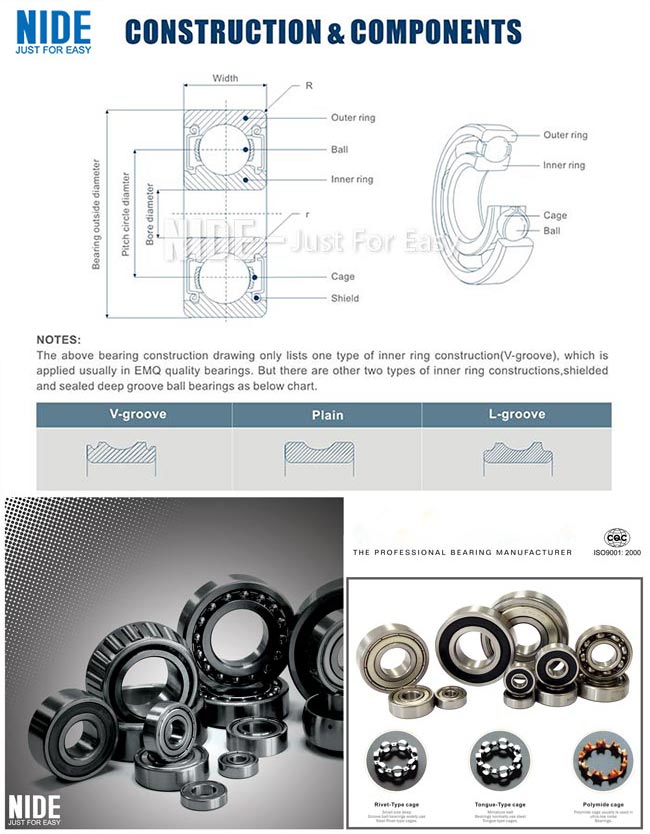
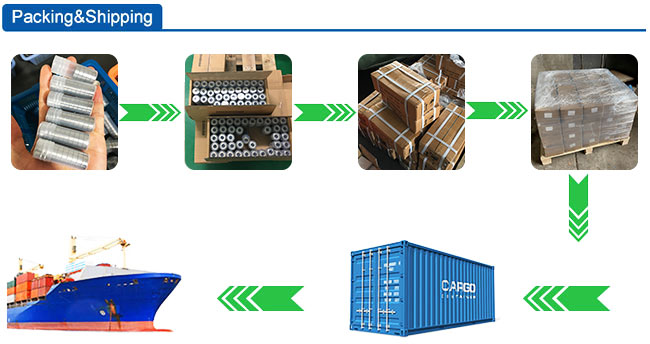
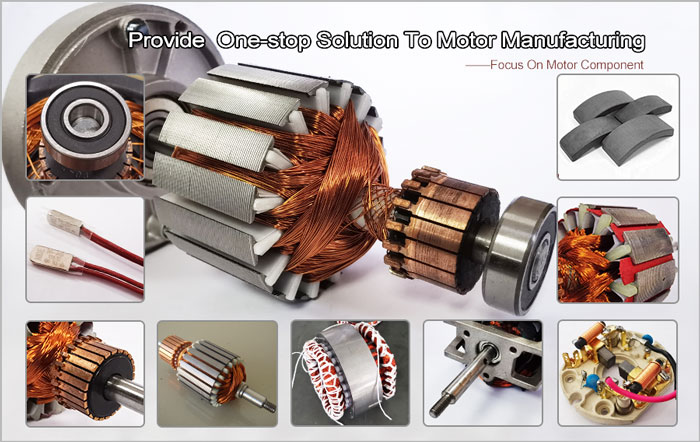
ball bearing parallels---FAQs Guide
2.How do ball bearing parallels contribute to the overall efficiency and energy savings in industrial machinery and transportation systems?
3.Can ball bearing parallels handle shock loads and high-impact conditions in heavy machinery?
4.Are there ongoing research and development efforts aimed at improving ball bearing parallels materials, designs, and lubrication techniques?
5.How do sealed ball bearing parallels prevent the ingress of contaminants and extend the bearing's service life?
6.As a ball bearing parallels manufacturer,How Can We Guarantee Quality?
7.How do ball bearing parallels handle radial loads, axial loads, and combined loads, and what are their load-carrying capacities?
8.How do manufacturers address concerns related to bearing noise and vibration in sensitive equipment?
9.Are there self-aligning ball bearing parallels that accommodate misalignment and shaft deflection in rotating equipment?
10.What is the load distribution within a ball bearing parallels, and how does it vary between different bearing configurations?
11.What are the common materials used in ball bearing parallels manufacturing?
12.What is the significance of ball bearing parallels lubrication, and how does it affect bearing lifespan and performance?
13.Are there ball bearing parallels designed for use in critical medical equipment?
1.What is the role of ball bearing parallels in reducing friction and energy loss in rotating machinery?
ball bearing parallels reduce friction by using smooth balls lubricated with oil or grease that freely roll between a smooth inner and outer surface. The main concept of the ball bearing is that objects that roll past each other produce less friction than if the objects were sliding against each other.
2.How do ball bearing parallels contribute to the overall efficiency and energy savings in industrial machinery and transportation systems?
The balls roll along the raceway, allowing for smooth rotation of the machinery or equipment. Ball bearings are used to support rotating, reduce friction and support radial and axial loads in high-load, high-speed applications where reliability and efficiency are critical.
3.Can ball bearing parallels handle shock loads and high-impact conditions in heavy machinery?
As a general rule, ball bearing parallels are used at higher speeds and lighter loads than are roller bearings. Roller bearings perform better under shock and impact loading. Ball bearings tolerate misalignment better than roller bearings do. Roller bearings can handle heavy combined radial and thrust loads.
4.Are there ongoing research and development efforts aimed at improving ball bearing parallels materials, designs, and lubrication techniques?
A custom ball bearing parallels can satisfy almost any customer’s needs. Your application may need a needle roller or ball bearing, a radial or angular contact design, a plain carbon steel bearing with anti-corrosion coatings or stainless steel, a thrust bearing or a spherical bearing, tight or loose radial play, sealed or non-sealed designs
5.How do sealed ball bearing parallels prevent the ingress of contaminants and extend the bearing's service life?
Contact seals are a type of seal where the sealing lip physically touches the inner raceway of the ball bearing parallels. They create a narrow line or zone of contact that forms a barrier to prevent the escape of lubricants and the ingress of contaminants. Because the seal keeps dirt and other contaminants out, it can offer a longer operating life of the bearing or prevent premature bearing failure. Sealed bearings can be considered lubricated for life, which eliminates the need for a relubrication process.
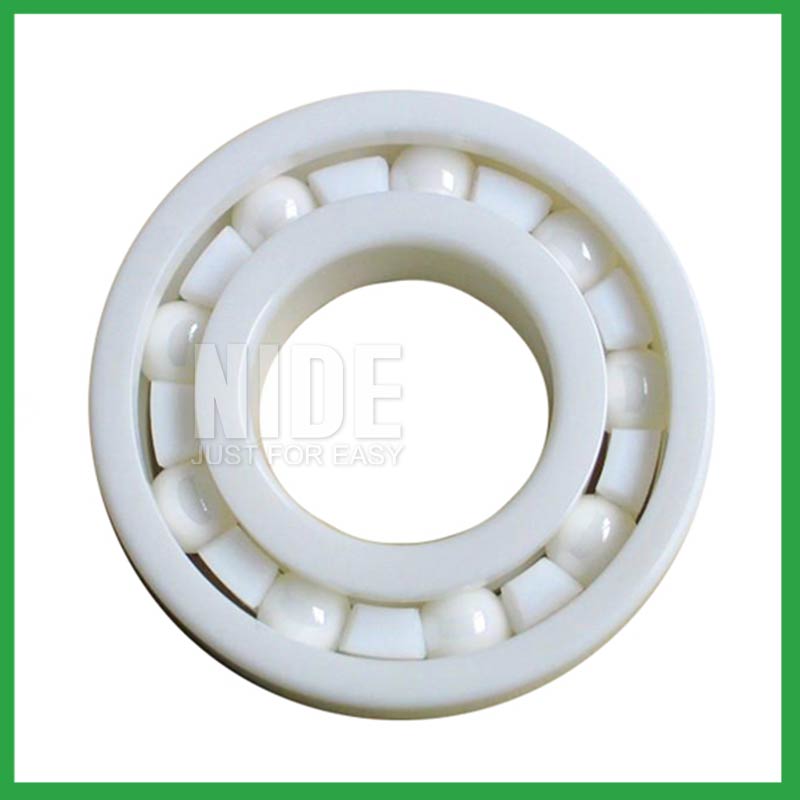
6.As a ball bearing parallels manufacturer,How Can We Guarantee Quality?
Always a Pre-production Sample Before Mass Production;Always Final Inspection Before Shipment.
7.How do ball bearing parallels handle radial loads, axial loads, and combined loads, and what are their load-carrying capacities?
The type of bearing used also varies between these loads. While deep-groove ball bearing parallels are better equipped to handle radial loads, thrust ball bearings are designed for axial loads. However, it's essential to note that most bearings, such as angular contact ball bearings, can handle both radial and axial loads.The Bearing Static Capacity, Co, is the maximum load that can safely be applied to a non-rotating bearing that will not cause subsequent bearing operation to be impaired. It is based on calculated contact stress at the center of the most heavily loaded rolling element where it contacts the Inner Race.
8.How do manufacturers address concerns related to bearing noise and vibration in sensitive equipment?
From a ball bearing parallels manufacturing perspective, a low noise or vibration rating is achieved by paying attention to the surface finish of the raceways and balls, their roundness, and selecting the correct cage design. Finely filtered low noise greases can also be used to reduce vibrations.
9.Are there self-aligning ball bearing parallels that accommodate misalignment and shaft deflection in rotating equipment?
These ball bearing parallels are particularly suitable for applications where misalignment can arise from errors in mounting or shaft deflection. A variety of designs are available with cylindrical and taper bores, with seals and adapter sleeves and extended inner rings.
10.What is the load distribution within a ball bearing parallels, and how does it vary between different bearing configurations?
The load distribution between the rolling elements and raceway is crucial in performance evaluation of rolling element bearings. Determine the load distribution by measuring the strain response at the bearing surface with a notched housing. Finite element analysis shows that the introduction of notches does not affect the load distribution. An experimental system was developed to investigate the load distribution in a cylindrical roller bearing. The experimental static load distribution agrees well with the theoretical calculation. The dynamic load at specific position of load zone reflects the manufacture difference among rollers and dynamic balance of distributing loads.
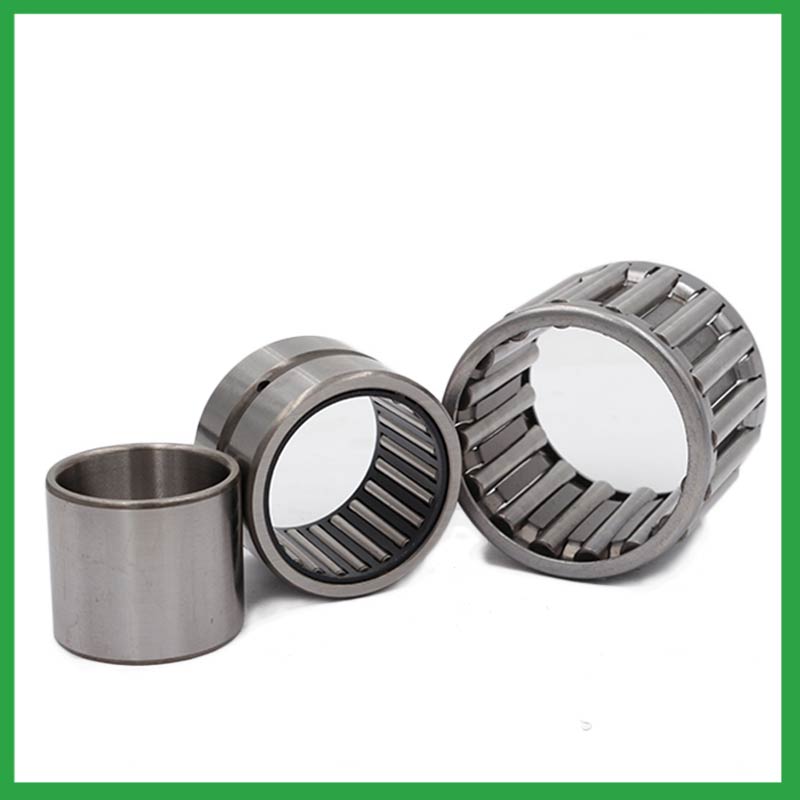
11.What are the common materials used in ball bearing parallels manufacturing?
Most ball bearing parallels are made of a type of steel known as high carbon chromium steel, often called chrome steel. This is used for reasons of cost and durability. Bearings are also made from other materials such as stainless steel, ceramics and plastic.
12.What is the significance of ball bearing parallels lubrication, and how does it affect bearing lifespan and performance?
Bearing lubrication is vital for preserving the performance and lifespan of rolling element bearings. Lubrication helps separate moving parts relative to one another, such as rollers and raceways or balls, to prevent wear and tear and friction.
13.Are there ball bearing parallels designed for use in critical medical equipment?
Precision ball bearing parallels are among critical components in medical devices that are vital to ensuring patient safety. Correct choice of suitable ball and ring materials and the right product design can ensure high-precision bearings — and medical devices — have a long service life.
Precision bearings are used in a wide variety of medical devices including surgical power tools, ventilators and heart pumps — and patient safety depends on them all. Whatever the device, there is an onus on medical device original equipment manufacturers (OEMs) to ensure that the right type of bearings are chosen, and fit precisely into the application.

